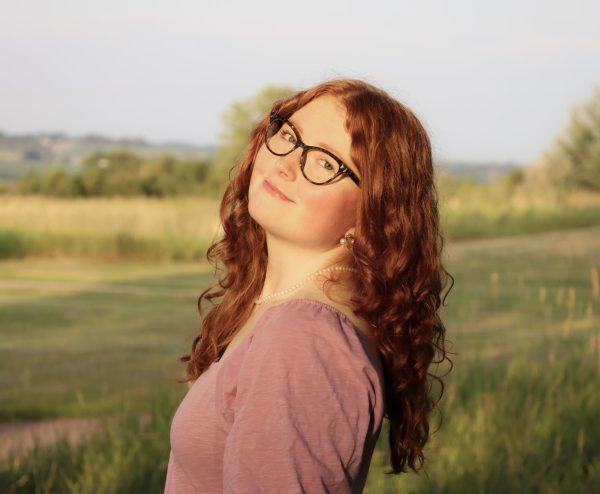The history of Halloween

According to Statista, Americans are predicted to spend $3.4 billion on Halloween decorations this year.
October 31, 2022
As temporary costume stores fill with eager buyers, grocery stores run out of candy and pumpkins inhabit the front steps of many American households, Halloween’s excitement fills the hearts of many individuals, both adults and children alike.
The uniqueness of dressing up as any character one could want and going house to house to ask strangers for candy is like no other holiday, granting Halloween a large following and culture surrounding it. However, the true origins of Halloween are vastly different from what many people know and love today.
According to History, it all started with the tradition of Samhain, an ancient pagan religious festival in Celtic communities. It is still celebrated in modern times from Oct. 31 to Nov. 1, with participants believing that the physical and spiritual worlds merge for a single night of the year. In ancient times, however, the holiday was a mandatory event, lasting three days and three nights. Many ancient texts suggest that there were often huge feasts associated with the holiday, and the failure to participate in the festivities was believed to have had consequences from the gods, including illness or even death.
The costume and treat-giving aspects of Halloween came from the Celts’ fear that fairies, a symbol of the afterlife, would come to kidnap them along with the other creatures that merged with the physical world over the holiday. They would dress as monsters or animals because they believed that this would hide them from the fairies and therefore avoid the spiritual world. On top of this, they would make offerings to leave outside of the villages and fields for the fairies to please them.
When most of the Celtic territory was captured by the Roman Empire by 43 A.D., the traditions of Samhain were blended with other mythological holidays. By 1000 A.D., Christianity gained more influence on the Celts, and All Saints’ Day and All Souls’ Day were celebrated on the days following Samhain. All Saints’ Day was also called All-hallows, giving Oct. 31 the name All-hallows Eve, and later on, Halloween. At the time, these new celebrations were believed to be a new facet for people to honor the dead. Today, many believe that these days were an attempt of the church to replace the Celtic tradition with a church-sanctioned holiday.
These cultural exchanges and holidays continued into colonial America, gaining more popularity among the Southern colonies like Maryland and Virginia. In the colonies of New England, however, these traditions were not adopted due to strict Protestant beliefs. Of course, the Salem witch trials occurred in Massachusetts during this era, a now prominent influence on Halloween.
By the 19th century, ghost stories and fall festivals were common to celebrate the harvesting season, but they were still not celebrated throughout the entire country. However, during the Irish Potato Famine, millions of Irish moved to the United States in the hopes of fleeing their poverty. With this new influx of Celtic culture, Halloween became a staple of American culture as it is today.
Many other countries outside of the U.S. celebrate related holidays. Mexico celebrates el Día de Los Muertos (Day of the Dead) on Nov. 1 and Nov. 2. It is believed that the gates of heaven open, allowing the spirits of the dead to be reunited with their family. According to NPR, families will often prepare feasts with the deceased’s favorite foods and leave gifts on their gravesite. Guatemala also has its own Halloween-related holiday, where they hold a “giant kites” festival. Kites are flown over the graves of loved ones, representing a bridge between the living and the dead.
Halloween is one of the oldest holidays, and its history is rich and ever-changing. While the costumes, candy and decorations may have modernized, the heart of Halloween has flowed through history to bring joy to millions of people worldwide.






